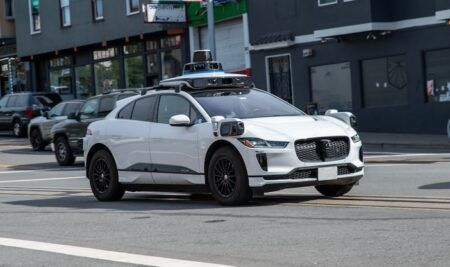Volvo Cars has presented its complete system that will provide the integration of self-driving cars into real traffic, with ordinary people in the driver’s seat. As the Drive Me project enters its second year, the company is moving rapidly towards its aim of placing 100 self-driving cars in the hands of customers on selected roads around the Swedish city of Gothenburg by 2017. The public pilot, a unique collaboration between legislators, transport authorities, a major city and a vehicle manufacturer, is a central component of Volvo’s plan to achieve sustainable mobility and ensure a crash-free future. Based on an extensive analysis of potential technical faults, the company has designed a complete production-viable autonomous driving system, which features a complex network of sensors, cloud-based positioning systems, and intelligent braking and steering technologies.
Volvo’s Autopilot system is designed to be reliable enough to allow the car to take over every aspect of driving in autonomous mode. The technology advances a crucial step beyond the automotive systems demonstrated so far, since it includes ‘fault-tolerant’ systems. The main challenge has been to design an Autopilot that is robust for real-world traffic scenarios, while allowing for any technical faults that may occur. As drivers cannot be relied on to suddenly intervene in a critical situation, the project’s cars will initially drive autonomously on selected roads with suitable conditions, such as those without oncoming traffic, cyclists and pedestrians. Although the probability of a brake system failure is very small, the self-driving vehicle needs a second independent system to bring it to a halt, as it is unlikely that the driver will be ready to press the brake pedal. When autonomous driving is no longer available, due to exceptional weather conditions, technical malfunction or arrival at the final destination, the driver will be prompted by the system to take over again. If the driver is incapacitated for any reason and does not take over in time, the car will automatically find a safe place to stop.
“It is relatively easy to build and demonstrate a self-driving concept vehicle, but if you want to create an impact in the real world, you have to design and produce a complete system that will be safe, robust and affordable for ordinary customers,” said Erik Coelingh, technical specialist at Volvo Cars. “Making this complex system 99% reliable is not good enough. You need to get much closer to 100% before you can let self-driving cars mix with other road users in real-life traffic. We have a similar approach to that of the aircraft industry. Our fail-operational architecture includes backup systems that will ensure that Autopilot will continue to function safely, even if an element of the system were to become disabled. Just as good drivers would, potentially critical situations are approached with caution. In a real emergency however, the car reacts faster than most humans.” Peter Mertens, SVP of research and development at Volvo Cars, added, “We are entering uncharted territory in the field of autonomous driving. Taking the exciting step to a public pilot, with the ambition to enable ordinary people to sit behind the wheel in normal traffic on public roads, has never been done before.”




